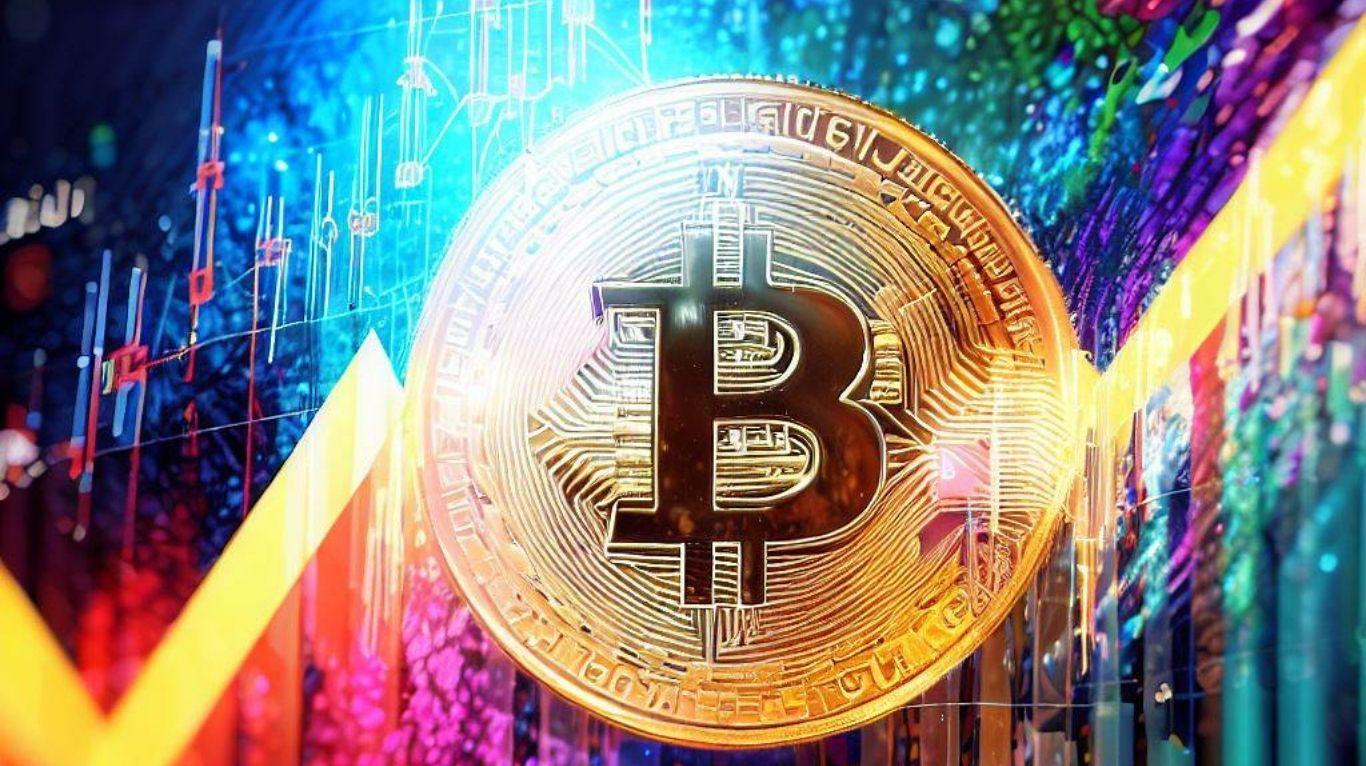
Bitcoin’s blockchain has experienced a two-block chainsplit on May 7th, which is a notable event that occurs when two separate blocks are mined and added to the blockchain almost simultaneously. The phenomenon results in two competing branches or chains, which can be attributed to various factors like network latency and the distribution of mining power. The recent strain on the Bitcoin network has made the occurrence of this event unsurprising.
During a two-block chainsplit, the Bitcoin network temporarily contains two separate chains, each with an equal number of blocks. However, as miners continue their work and create new blocks, one of the chains will be extended more quickly and become longer than the other. Ultimately, the longer chain is deemed valid and accepted by the network, while the shorter one is discarded as an orphaned or stale chain.
Bitmex research data revealed that the two-block chainsplit involved Antpool and Foundry. Eventually, the block from Antpool was confirmed as a valid block in the Bitcoin network. This development has raised some concerns among Bitcoin enthusiasts and experts, as it coincided with a temporary halt in block production on the network.
The reasons for the temporary halt are still unclear, but many experts believe it was due to a combination of factors. The most likely factor is the increase in demand for Bitcoin transactions, which has led to an increase in transaction fees and network congestion. The network was unable to keep up with the demand, leading to a backlog of unconfirmed transactions.
This development has brought back memories of a similar incident that occurred in March 2020, when a similar chainsplit occurred during a time of network congestion. The 2020 event was caused by a bug in the Bitcoin software, but experts are yet to determine the cause of the recent incident.
Bitcoin enthusiasts and investors are worried about the potential impact of this event on the value and stability of Bitcoin. However, experts have noted that this event is not uncommon in the world of cryptocurrency and is not likely to have a significant impact on the long-term value of Bitcoin.
Despite the concerns, many experts believe that the current situation presents an opportunity for the Bitcoin network to improve its scalability and transaction speeds. The implementation of the Lightning Network, for instance, could help to address the issue of network congestion and make Bitcoin transactions faster and cheaper.
The Lightning Network is a second-layer solution that allows users to open payment channels that are off the main blockchain. Transactions within these channels are instant and have negligible fees. Once the channels are closed, the final transaction is recorded on the main blockchain.
The Lightning Network has been hailed as a promising solution to the scalability issues facing Bitcoin, but it is still in the early stages of development. However, recent developments like the two-block chainsplit and the temporary halt in block production may serve as a wake-up call for the Bitcoin community to speed up the adoption of solutions like the Lightning Network.
Despite the current challenges facing Bitcoin, the cryptocurrency remains an attractive investment opportunity for many investors. The recent surge in the value of Bitcoin and other cryptocurrencies has made the cryptocurrency market a popular choice for many investors looking to diversify their portfolios.
As the world becomes increasingly digital, cryptocurrencies like Bitcoin are likely to become more important in the years to come. The recent developments in the Bitcoin network have highlighted the need for solutions that can improve scalability and transaction speeds. However, experts are optimistic that the Bitcoin community will rise to the challenge and continue to innovate and improve the network’s capabilities.
In conclusion, the recent two-block chainsplit on the Bitcoin network has raised concerns among investors and enthusiasts.


Get the latest Crypto & Blockchain News in your inbox.